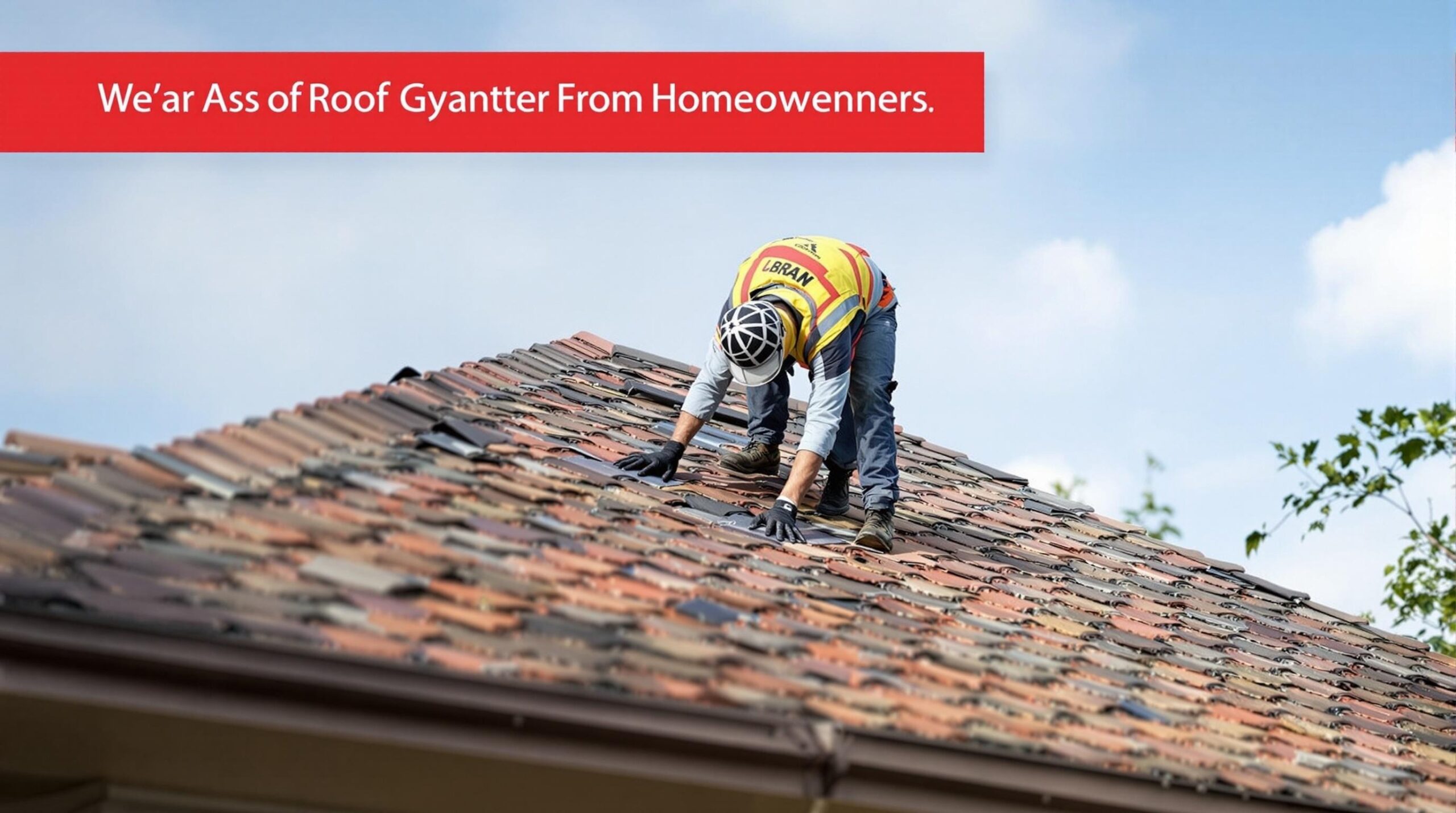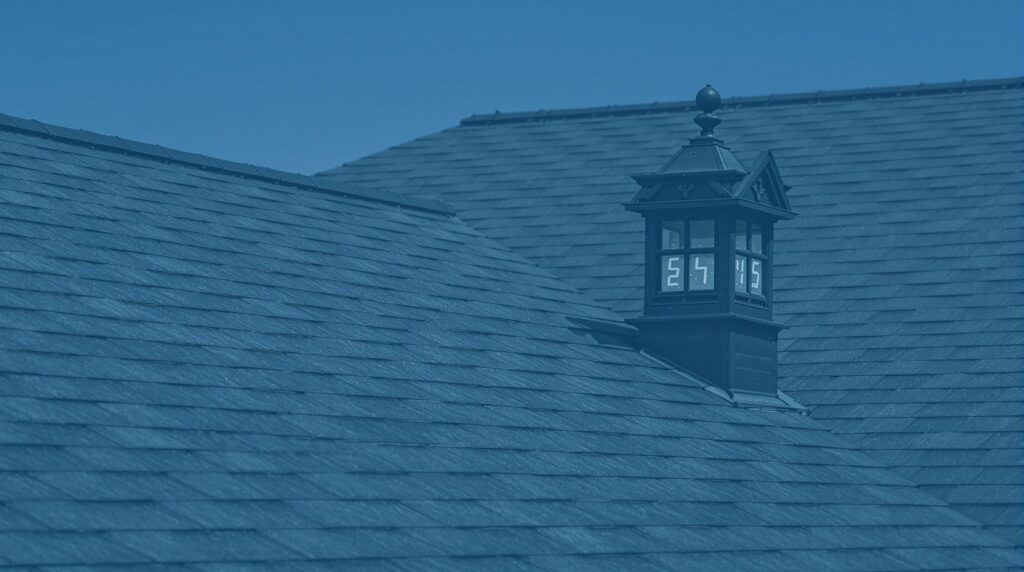Federal and state governments offer various roof replacement grant programs to help homeowners afford necessary roof repairs, with benefits including reduced storm damage, lower insurance premiums, and increased home values. These financial assistance options provide critical support for vulnerable populations while promoting energy efficiency and housing resilience against extreme weather events.
Key Takeaways
- Federal programs like the USDA Section 504 provide up to $10,000 in grants for elderly rural homeowners
- State initiatives such as Alabama’s and Louisiana’s programs offer $10,000 grants for fortified roof installations
- FORTIFIED roof standards deliver 22% lower insurance premiums and 95% reduction in water intrusion
- Priority for funding typically goes to seniors, veterans, and disabled residents
- Upgraded roofs provide 15-20% energy savings and increase home values by approximately 7%
Federal Assistance Programs for Homeowners
The federal government offers several significant funding opportunities for homeowners struggling with roof repair costs. These programs target specific populations and needs, providing essential financial relief for one of the most expensive home maintenance projects.
The USDA Section 504 Home Repair Program stands out for rural homeowners age 62 and older, offering grants up to $10,000 to address health and safety hazards. For those needing more extensive work, the program can combine loans and grants totaling up to $50,000, with loans featuring a remarkably low 1% fixed interest rate.
The Weatherization Assistance Program (WAP) focuses on energy-efficient improvements, including roof repairs, for lower-income households. Eligibility extends to those at or below 200% of the Federal Poverty Level, approximately $30,000 for a family of four. This program typically covers between $5,000 and $12,000 of average roof replacement costs.
For urban and suburban homeowners, HUD’s Community Development Block Grants (CDBG) provide another avenue for housing rehabilitation funding. These grants are administered locally, with eligibility criteria varying by region, making it essential to check with your municipal housing department for specific requirements.

State and Regional Initiatives with Proven Benefits
Beyond federal programs, many states have developed their own targeted grant initiatives for roof improvements, often focused on weather resistance and insurance cost reduction. These programs have demonstrated impressive benefits for both homeowners and insurance markets.
Alabama’s Strengthen Alabama Homes program offers $10,000 grants for FORTIFIED Roof™ installations with no income limits, though recipients must maintain wind insurance after installation. This program has helped hundreds of homeowners upgrade to storm-resistant roofing systems.
North Carolina’s approach through the North Carolina Insurance Underwriting Association (NCIUA) provides up to $10,000 for coastal homeowners adopting FORTIFIED standards. This program has reduced insurance claims by an impressive 35% in participating homes, according to data from Smart Home America.
The Louisiana Fortify Homes Program demonstrates the financial benefits most clearly. Recipients of their $10,000 grants have seen median insurance premium reductions of 22%, translating to approximately $1,250 in annual savings. The Louisiana Legislative Auditor confirmed these savings in a recent program audit.
Florida’s My Safe Florida Home program takes a slightly different approach with matching grants up to $10,000 specifically for wind-resistant roof upgrades. Beyond insurance savings, these improvements have increased home values by an average of 7%, creating additional equity for participating homeowners.
Eligibility Requirements and Priority Demographics
While each program has specific criteria, several common eligibility patterns emerge across these funding opportunities. Understanding these requirements can help homeowners identify which programs they’re most likely to qualify for.
Income thresholds form the primary qualification metric for most federal programs. The USDA program typically requires incomes at or below 50% of the area median income (approximately $45,000 in rural Washington state). WAP sets its threshold at 200% of the Federal Poverty Level, focusing on lower-income households.
Beyond income, certain demographic groups receive priority consideration across most programs:
- Seniors (typically defined as 62+)
- Veterans and active military families
- Persons with disabilities
- Families with children under five years old
Geographic targeting also plays a significant role in program eligibility. Approximately 62% of USDA grants serve rural counties, while 78% of NCIUA grants target coastal zones vulnerable to hurricanes and severe storms.
State programs often use tiered eligibility systems. For example, Washington’s Home Rehabilitation Grant Program employs three income tiers (200% FPL, 80% AMI, and 60% SMI) that affect funding priority and amounts. Taking time to research these specific funding opportunities in your state can significantly increase your chances of approval.
FORTIFIED Roof™ Standards and Insurance Benefits
Many state grant programs specifically promote the FORTIFIED Roof™ standard, a designation developed by the Insurance Institute for Business & Home Safety. These enhanced building techniques deliver measurable improvements in roof performance during severe weather events.
The technical specifications for FORTIFIED roofing include twice the uplift resistance of standard roofs and a remarkable 95% reduction in water intrusion during storms. These roofs can withstand wind speeds up to 150mph, significantly reducing damage during hurricanes and severe thunderstorms.
Insurance companies have recognized these benefits through formal partnerships with grant programs. The NCIUA funding model is particularly innovative, using insurer surpluses to provide $10,000 grants to homeowners. This approach represents a proactive investment strategy that reduces future claims.
The cost-benefit analysis strongly favors these upgraded roofs despite the higher initial price tag. While FORTIFIED roofs cost between $15,000 and $25,000 to install, the $10,000 grants combined with insurance savings of $1,250 annually mean most homeowners recoup their investment within 4-6 years.
Application Process and Success Strategies
Successfully securing roof grants requires understanding the application timeline and requirements. Most programs require similar documentation, but knowing when and how to apply significantly improves approval chances.
Required documentation typically includes:
- Proof of income (tax returns, pay stubs, benefit statements)
- Homeownership verification (deed, mortgage statement, tax records)
- Contractor estimates for the proposed work
- Inspection reports documenting roof condition
- Photos of current roof damage
Timing is crucial when seeking these grants. Many programs operate with limited annual funding that gets depleted quickly. For example, South Carolina’s Safe Home program is scheduled to reopen applications in December 2025, and successful applicants typically submit within the first few weeks.
The competitive nature of these programs is evident in the caps many states impose. North Carolina’s NCIUA program had a 2,500-grant limit in 2022, with all slots filled within three months. Louisiana’s success metric of 1,800 grants awarded since 2023 demonstrates similar demand.
Working with program administrators early in the process can provide valuable guidance. Many application management systems allow you to create profiles and receive notifications when funding windows open, giving you a competitive advantage.
Economic Benefits and Return on Investment
Beyond the immediate financial relief, roof grants deliver substantial long-term value for homeowners through multiple economic benefits.
When comparing costs, the average roof replacement runs approximately $12,000 nationwide, while typical grants provide $10,000 in assistance. This means most grant recipients only need to contribute a small portion of the total expense, making previously unaffordable repairs accessible.
Energy efficiency represents another significant financial benefit. Properly installed modern roofing materials with appropriate insulation can reduce heating and cooling costs by 15-20% annually, according to data from 5 Star Roofing. For the average household, this translates to several hundred dollars in utility savings each year.
Insurance premium reductions provide the most direct ongoing benefit. Louisiana’s audit found median savings of $1,250 per year for grant recipients, representing a 22% reduction in homeowners insurance costs. Over a 10-year period, these savings total $12,500, exceeding the initial grant amount.
Property value increases further enhance the economic case for these programs. Homes with fortified roofs sell for approximately 7% more than comparable properties with standard roofing, creating thousands in additional home equity for grant recipients.
Resources and Next Steps
If you’re interested in pursuing a roofing grant, several immediate actions can improve your chances of success.
Start by researching program availability in your specific location. Each state administers different programs with varying timelines, so identifying which options apply to your situation is essential. Contact information for state-specific program administrators can typically be found through your state’s housing department website.
For federal programs, application portals provide centralized access. The USDA Rural Development website offers detailed guidance for Section 504 applications, while the Department of Energy’s Weatherization Assistance Program connects applicants with local administering agencies.
Consider these timeline recommendations for optimal results:
- Research available programs at least 3-6 months before needed repairs
- Submit applications during seasonal windows (many programs open in early spring)
- Allow 4-8 weeks for application processing in most cases
- Schedule contractor work for optimal weather conditions after approval
Finding qualified contractors represents another crucial step. Most grant programs require work to be performed by approved professionals who understand program specifications. Request a list of eligible contractors from the grant administrator before obtaining estimates.
By following these steps and understanding the various programs available, homeowners can significantly reduce the financial burden of necessary roof repairs while improving their home’s resilience, energy efficiency, and market value.
Sources
Washington State Department of Commerce HRGP
USDA Rural Development Single Family Housing Repair Loans & Grants
Smart Home America: Available Roofing Grants



